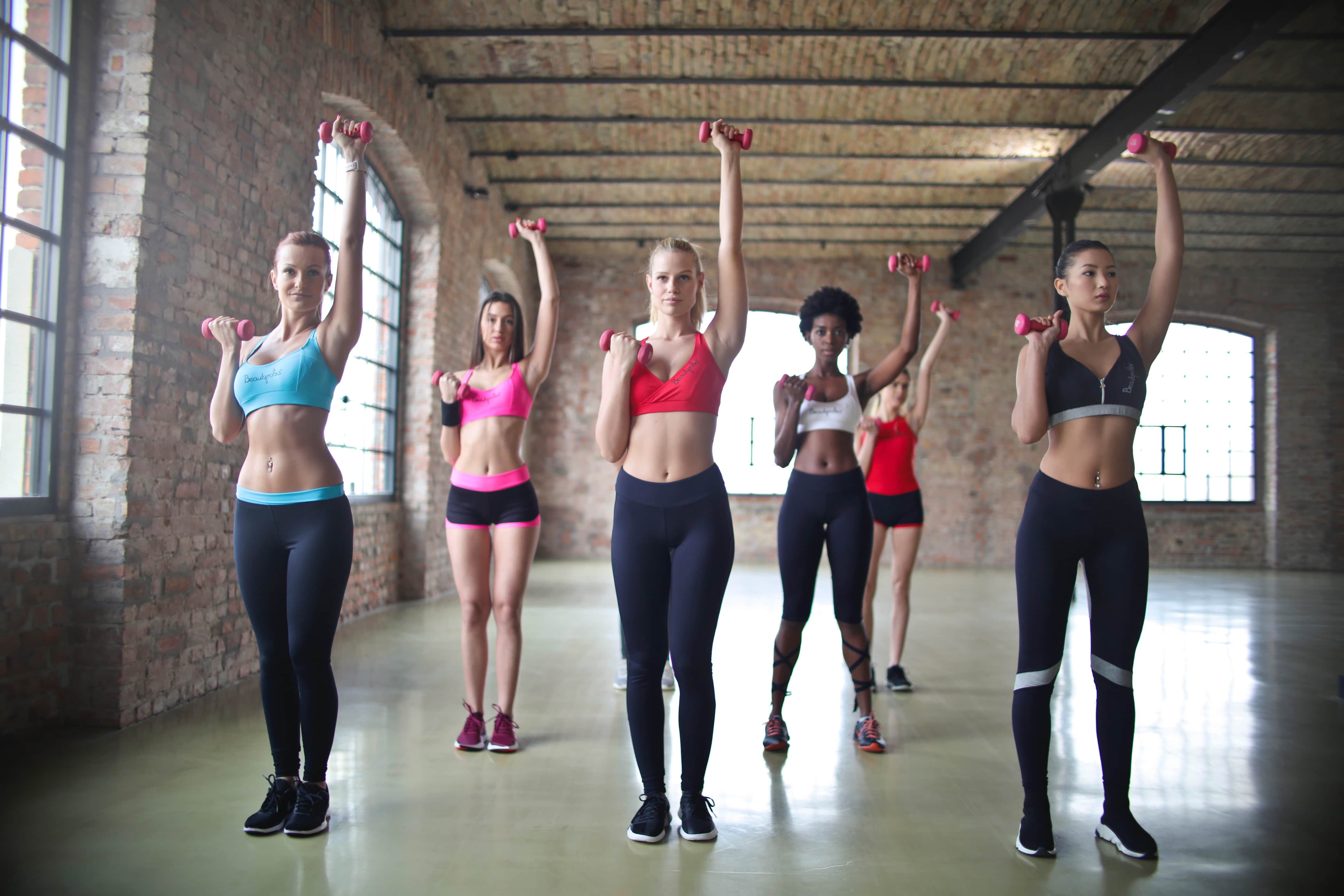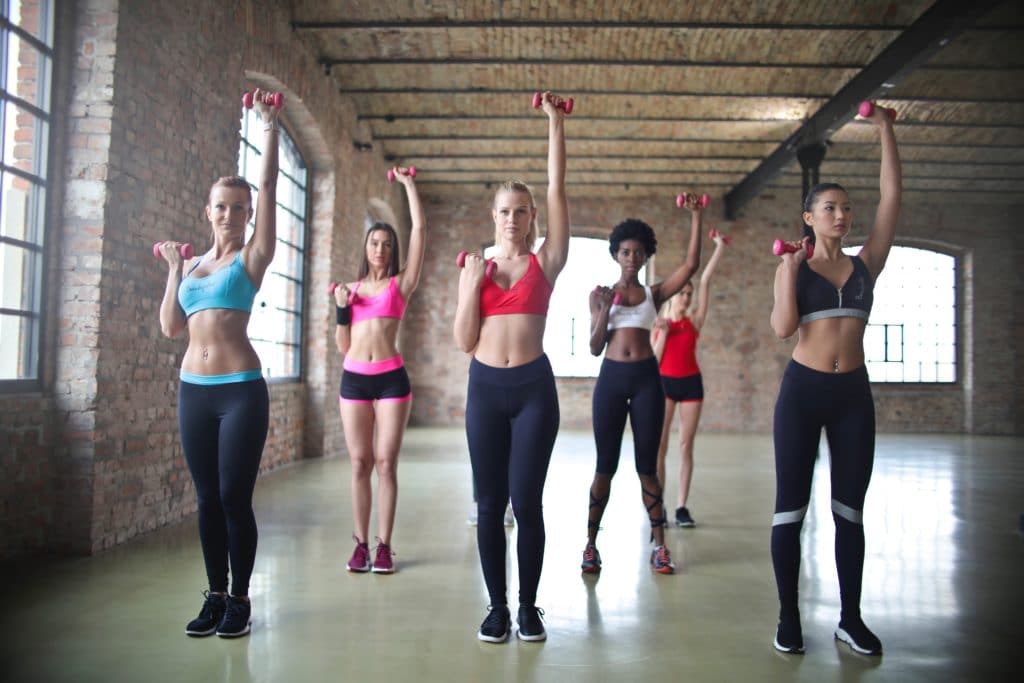Five Things that Are Slowing Your Workout Performance


The fitness world is brimming with advice, opinions, and rules, some of which are even contradictory. There’s a lot of well-meaning but misguided information out there, but thankfully, many professional gym trainers today know which advice is outdated and what’s the best way to go about a workout. However, when you’re training at home, you’re on your own – you could very well be doing something wrong, or something could be adjusted so you’d perform better, but there’s no trainer or fitness-enthusiastic stranger to indicate potential mistakes to you. Being constantly updated and knowledge is key to meeting your fitness goals on your own. That’s why we’re going to cover some common “performance-busters” that could be keeping you away from getting the best out of your workout.
Using your energy inefficiently
Obviously, there’s no universal approach to fitness regimes – it largely depends on your goals, and your goals will determine the order that you stick to during your workout. That said, the old “start your workout with cardio” rule doesn’t apply to all. Actually, it applies in the sense that everyone can do 5-10 minutes of cardio as a way to warm up your muscles, but you could be doing floor warm-ups just as well. Use your energy efficiently so that you can perform best in workouts aimed towards your goal: if you want to build endurance (let’s say, you’re training for a marathon) do your cardio routine first and strength training afterwards, when you’re more exhausted; but if you want to lose weight or build up strength, it’s better to do strength training first, when your energy is at its highest levels.
Guzzling down a bottle of water
Yes, staying hydrated is crucial for overall health and workout performance. But what we tend to do very often is to exhaust ourselves during a workout and then stop somewhere in the middle of it to take giant gulps and rehydrate. Even if you don’t get cramps from doing something like this, the sudden intake of liquid will make you sluggish and hinder your efforts. The best way to avoid this is by staying hydrated throughout the whole day. Once you’re doing your fitness routine, take small sips throughout, in between exercises, even if you don’t feel thirsty. That way, you’ll never get to the point of thirst and temptation to chug the water all at once.
Air quality and air intake
This is one of the factors whose importance is very often undermined, and it might be affecting your performance without you even knowing it. Air quality and air intake entail a number of things. First, the temperature of the environment you’re exercising in should be about 18-20oC, with a humidity percentage of 20 to 60. If you’re exercising indoors, it’s highly recommended to have a thermostat in the room, but otherwise you can just pay special attention to how comfortable you feel inside. Another important thing to consider is air intake and your ability to inhale and exhale deeply and properly during each exercise. Many active people get nose surgery to fix breathing problems, because shallow breaths significantly affect your performance. So if you often feel out of breath, check with your physician, since it doesn’t always mean you’re just “out of shape”.
Long rests between sets
Sure, you need some time to catch your breath and recuperate before moving on to the next set or exercise, but if you take too long, your heart rate will slow down. You’ll simply be going backwards in a way, because you’ll have to build up your heart rate all over again with the next set to get an efficient workout. Be wary of this, and if you feel tempted to sit down on the floor for a full minute, will yourself to exercise a less fatigued part of your body just to keep your heart rate up. Heart rate monitors can be helpful with this, but either way, make your rest a time to catch your breath just enough to head on to the next exercise. On average, that is about 30 seconds to a minute for most exercises.
Your playlist
We all know how music is used in gyms to get “in the zone”. Music can contribute a great deal to your overall performance, as it can give you rhythm, speed you up, and divert your mind from fatigue and the intensity of the workout. Don’t underestimate the importance of music to working out, and choose your playlist wisely – some of your favourite songs might simply not be good workout songs. Find music that’s charged with energy and that motivates you to work harder, and switch it up every once in a while in order to stay motivated.
Wrap-up
Exercising at home or outdoors is commendable and has many perks, but to make it truly effective, make sure you pay attention to every single detail. Keep yourself motivated, stick to your goals diligently, and watch out for the tiny mistakes that could be slowing you down. Most importantly, be kind to yourself and appreciate your body – every fitness goal and every workout should stem from that. When you exercise out of love and gratitude for the body you have, you will perform better.


